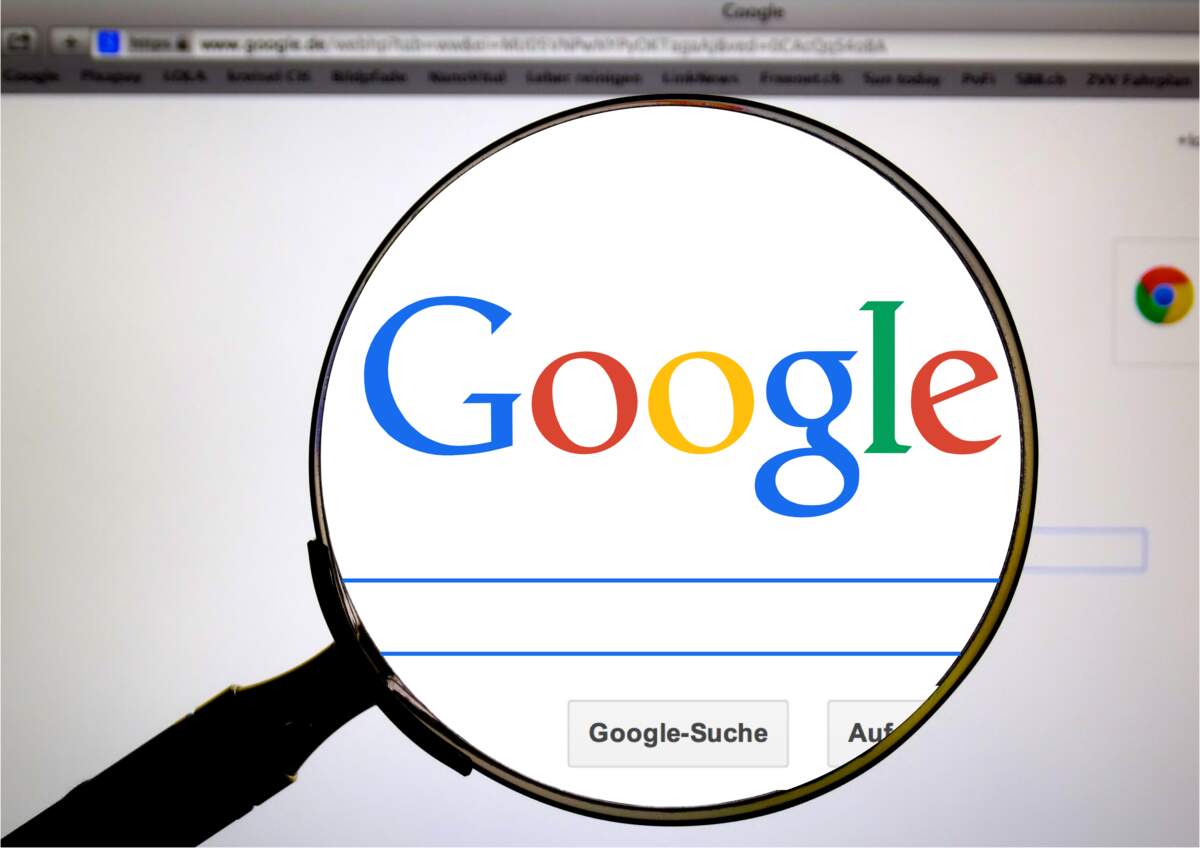

World Wide Web Day
The World Wide Web, often simply called the Web, is "a global information medium which users can read and write via computers connected to the Internet." World Wide Web Day marks the birth of the World Wide Web at the European Organization for Nuclear Research (CERN)—also known as Europe Laboratory for Particle Physics—in Geneva, Switzerland, and honors and celebrates people being able to browse freely over it. English computer scientist Tim Berns-Lee created the World Wide Web at CERN in 1989. While collaborating with Robert Cailliau, Berns-Lee developed a prototype Web browser and introduced Hypertext Markup Language (HTML). He also came up with Hypertext Transfer Protocol (HTTP), a server, and the first website. By the end of 1990, the first server and website were ready to go live at CERN.
The first website was published on August 6, 1991. It explained what the World Wide Web project was and how users could search the Web, set up their own web server, and create their own websites and web pages. After the Web's creation, its development was shared with other research institutes and organizations. On April 30, 1993, CERN made the World Wide Web public domain when it shared the code and waived the fee for its use. From its humble beginnings in a lab, the World Wide Web has grown to be used by billions of people who communicate all over the world daily, and we celebrate it today!
How to Observe World Wide Web Day
- Visit the first website.
- Peruse other websites and web pages.
- Post on social media or on a blog.
- Build your own website.
- Read a book about the World Wide Web such as Weaving the Web: The Original Design and Ultimate Destiny of the World Wide Web or How the Web Was Born: The Story of the World Wide Web.
- Learn a computer programming language.
- Visit the Computer History Museum.





















